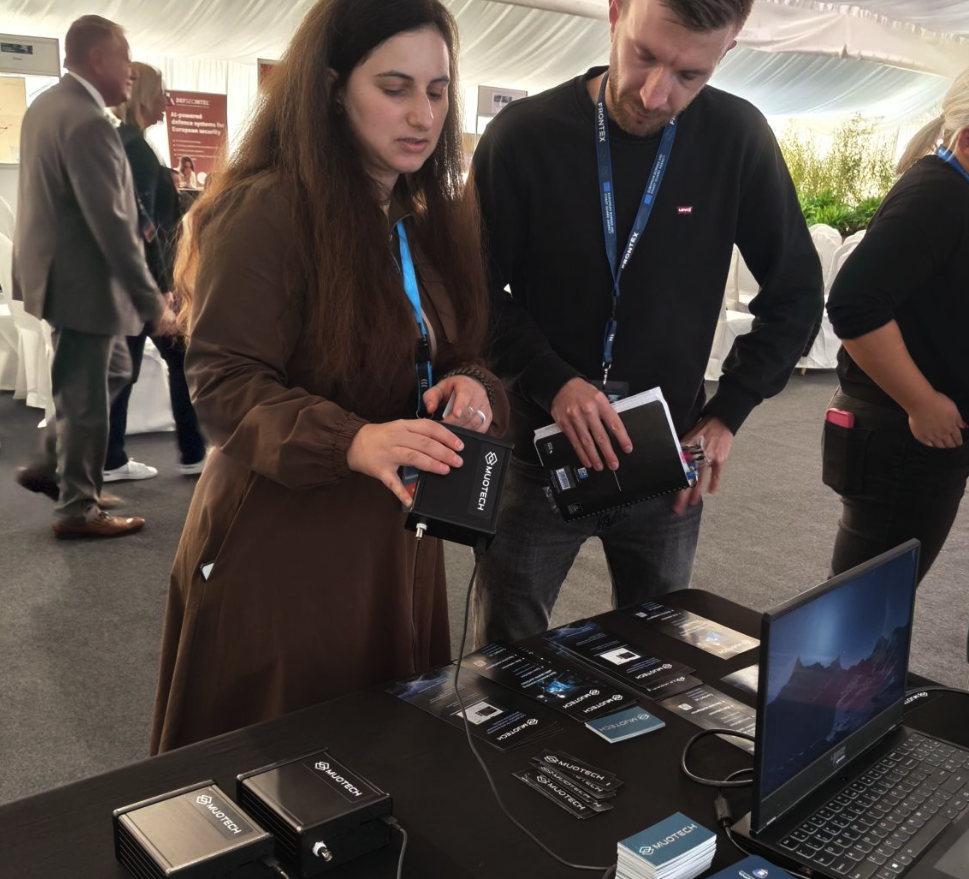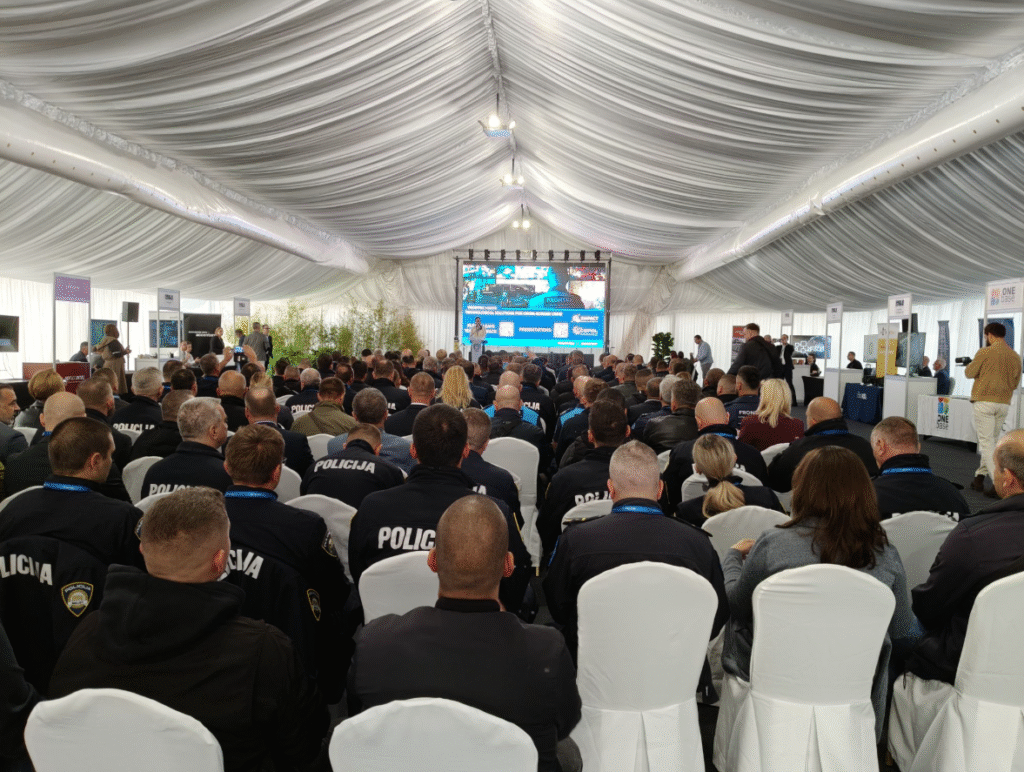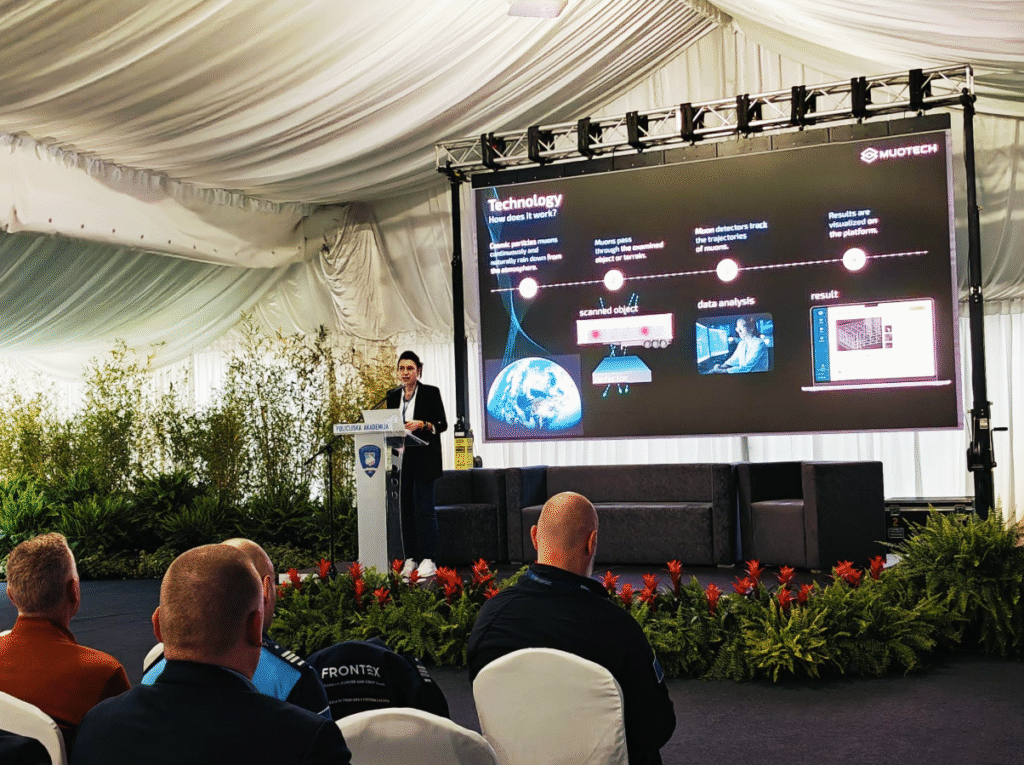2025: defence sector undergoing major transformation shaped by rising geopolitical tensions and the convergence of AI, cyber, and space technologies.
At the recent Frontex gathering around technological solutions for cross-border crime counteraction (https://www.frontex.europa.eu/) in Croatia, we presented on the capabilities of muon imaging: a technology that uses naturally occurring cosmic particles to scan dense materials.
As the focus areas were: detecting firearms/explosives, disrupting drug trafficking, and countering migrant smuggling.
The specific utility of muons for security applications comes from two physical properties:
- Their high penetration power allows them to pass through materials like lead and uranium, which are used to shield nuclear and other hazardous materials.
- They are a passive natural source, meaning the method requires no artificial radiation emission.
This allows for the non-invasive detection of high-concern threats in cargo containers (like shielded nuclear materials, weapons, or dense contraband), providing a new layer of data for border security and situational awareness that conventional systems cannot supply.
Why it matters:
Criminal networks evolve fast. By sharing know-how and testing innovations together, we help national authorities respond more effectively; safely, lawfully, and at scale.
What was said:
🔹 Opening the event, Edgar Beugels, Director of the Equipment & Logistics Division at Frontex, stated: “it is in our interest to monitor technological advances and innovations that can support law enforcement agencies in their fight against cross-border crime.”
🔹Davor Božinović, Croatia’s Deputy Prime Minister and Minister of the Interior, stressed the need for continued investment in training and development, stating: “Technology gives us tools, but cooperation gives us strength. Even the most advanced tool is only as valuable as the person using it.”


